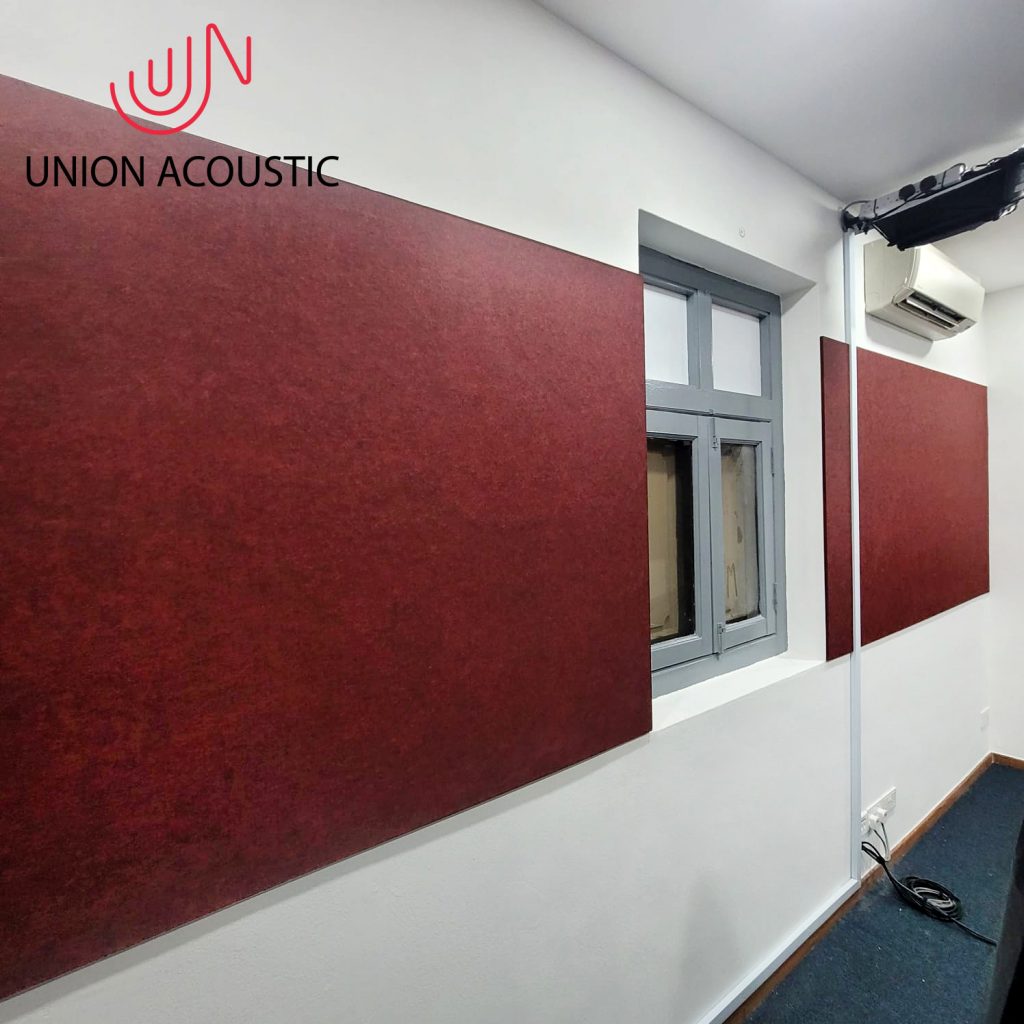
As the world becomes more advanced and urbanized, the noise pollution in our daily life has increased tremendously. Whether it is neighbors mowing their lawn, cars honking on the road, or construction work going on in the background, it can be challenging to find a peaceful and quiet place. That’s where sound insulation comes into play, allowing you to create a quiet, comfortable space that helps you relax and focus.
Sound insulation is a critical aspect of building design that is often overlooked but plays a vital role in creating a peaceful atmosphere in your home or office.
- Identify the sources of sound
When aiming to achieve sound insulation, one of the first and most important steps is to identify the sources of sound. This involves conducting a thorough assessment of the space, including the type of noise that is being generated, the frequency of the sound waves, and the direction of the sound source.
It is crucial to properly identify the sources of sound as this will determine the type of insulation materials and methods that will work best for your specific situation. By recognizing the sources of sound, you can gain a better understanding of how the sound is traveling and where it is penetrating, enabling you to design an effective soundproofing solution that will mitigate or even eliminate the unwanted noise.
- Understand sound insulation ratings
As an important aspect of any building or construction project, sound insulation rating is essential to designing spaces that provide the necessary sound control. Sound insulation ratings or Sound Transmission Class (STC) are used to define the effectiveness of sound insulation or acoustical barriers in reducing the transfer of sound from one space to another. STC ratings range from 0-100, with the higher rating indicating a greater reduction in sound transmission.
Understanding sound insulation ratings is vital in selecting the appropriate materials and installation methods to ensure that the desired level of sound isolation is achieved. Incorrect selection of materials or improper installation can compromise the overall performance of an acoustical barrier and result in undesirable acoustic outcomes. Therefore, it is important to work with experienced professionals who have a thorough understanding of sound insulation ratings to ensure optimal sound control.
- Consider the materials used
When it comes to sound insulation, it’s essential to consider the materials used in the process. The quality and characteristics of the materials significantly impact the effectiveness of the sound insulation product. Therefore, it’s essential to select materials based on their acoustic properties and durability. The ideal sound insulation materials are those that have high-density and low-frequency conductance properties. Materials like rock wool, fiberglass, and cellulose insulation have these qualities and are commonly used in sound insulation.
- Consider the installation process
One important consideration when it comes to sound insulation is the installation process. It is important to understand that sound insulation works by creating a barrier that prevents sound from passing through. Therefore, the installation process must be done with extreme care to ensure that there are no gaps or other openings that would allow sound to pass through. This means that a professional installation is highly recommended to ensure that the job is done correctly.
- Evaluate the overall performance of the insulation
Evaluating the overall performance of the insulation is an essential step when it comes to achieving sound insulation. This is because the insulation’s performance determines how well it can reduce unwanted noise transmission.
To accurately evaluate the insulation’s effectiveness, it is crucial to consider several factors, including the thickness of the insulation, the type of material used, and the insulation’s density. Ideally, a higher density and thicker insulation will perform better than a thinner, less dense material.
Moreover, it is crucial to make sure that the insulation is installed correctly, as poor installation can lead to gaps and spaces around the insulation, compromising its performance. Therefore, it is recommended to seek the services of a professional insulation installer to guarantee optimal sound insulation performance.

One Response